Industry legend Jean-Claude Biver, along with his son, Pierre Biver have finally unveiled their namesake watch in 2023. Respecting tradition to its fullest, the Biver brand also aims to revive the art of Etablissage as well as displaying the highest level of purity in Swiss watchmaking tradition. Whilst the industry has gone through much vertical integration in the last 20-30 years, it is for the sake of individualism and J.C Biver’s signature contrarianism that the brand has decided to forge its own path within the codes of artisanal watchmaking. And so, with the guiding principles of tradition and transparency and the daring to be different, the Biver boys unveil the Biver Carillon Tourbillon – an exercise in how watches were built in the past, and how they should continue to be constructed in the future.
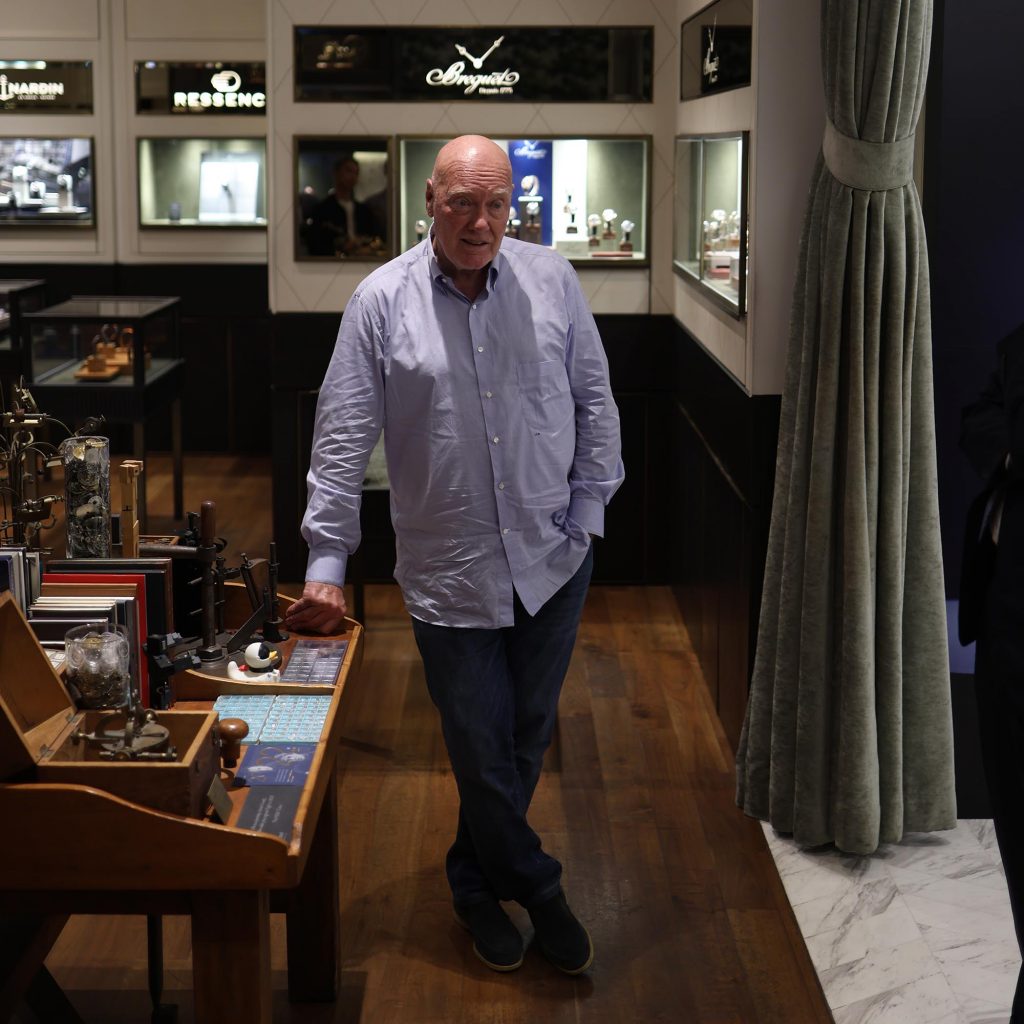
The Man
Jean-Claude Biver would begin his career in the watch industry after a chance meeting with Georges Golay, who offered him a job in sales at Audemars Piguet, beginning his storied career in watches in 1975. He would spend 4 years there, before moving to Omega, where he would discover the sleeping beauty of a brand, Blancpain. Biver, along with his friend Jacques Piguet would buy the brand for CHF 22,000, and from here, Piguet would be in charge of manufacturing, and Biver would head up sales and marketing.
It could be said that it was at Blancpain that he developed his vision for the watch industry – and for a brand that touted it was the oldest watch brand in the world, a world where mechanical was king was a world that Biver could get behind. His signature contrarianism would also be displayed in full force at Blancpain, proudly stating “Since 1735, there has never been a Blancpain watch in quartz, and there will never be one!”. Within 8 years, the brand had grown from nothing, to 56m in sales, and in 1992, the brand was sold to Swatch Group, where Biver’s career would take him back to Omega.
Biver’s time at Omega would be marked with significant repositioning for the brand, introducing the notion of brand ambassadors like Cindy Crawford and James Bond, alongside the usual suspects of NASA astronauts and Formula 1 drivers. What Biver did differently was fully immerse Omega into these universes – getting Cindy Crawford to design watches, and for James Bond to have the watch prominently featured in the films. It would be at Omega that he also cultivated multiple talents like Jean-Frederic Dufour (now of Rolex fame) and Ricardo Guadalupe (current CEO of Hublot).
Biver’s service at the Swatch Group would be cut short due to illness – with multiple hospitalisations due to Legionnaires disease, he was forced to take time off directing Blancpain and Omega. He returned to the group, advising the different brands under the portfolio, but he had no brand of his own. Eventually, he would leave the Swatch Group to advise Franck Muller and also work in the pharmaceutical field. However, a visit to Baselworld in 2004 would make him realise that watches was his passion, and that he needed to be back in the industry. He would find his passion again, at a little brand called Hublot.
Carlo Crocco’s vision was to combine rubber and gold together in one watch, creating Hublot, and causing a stir in the watch industry for its unorthodox pairing. It proved to be a hit amongst Europe’s royal families, but after the rest of the watch industry took favour on the gold and rubber combination, they started to suffer from a stagnation in sales. Upon Biver joining Hublot, he watched and observed, and at a meeting with Crocco, he would unveil his raison d’être for the brand – fusion.
Hublot would then be acquired by LVMH, joining its stable of brands – TAG Heuer and Zenith. Bernard Arnault of LVMH would allow Biver his usual free reign of the brand, and given Biver’s performance in turning the brand around, it was only natural that he be allowed to do his thing. With the creation of the LVMH Watch Division, Arnault made Biver the head of the division – his protege, Ricardo Guadalupe was made CEO of Hublot. In his new role, he immediately made his mark on TAG Heuer and Zenith. His legacy would be indelible at LVMH, refocusing TAG Heuer in its price segment, and helping Zenith find its watchmaking mojo again.
As Biver got older, naturally, he too refocused himself and his mission – to transmit his passion and knowledge to the next generation. This is how his eponymous brand got started, with him and his son leading the way to re-establishing the art of etablissage, and displaying what the Swiss watch industry is capable of.
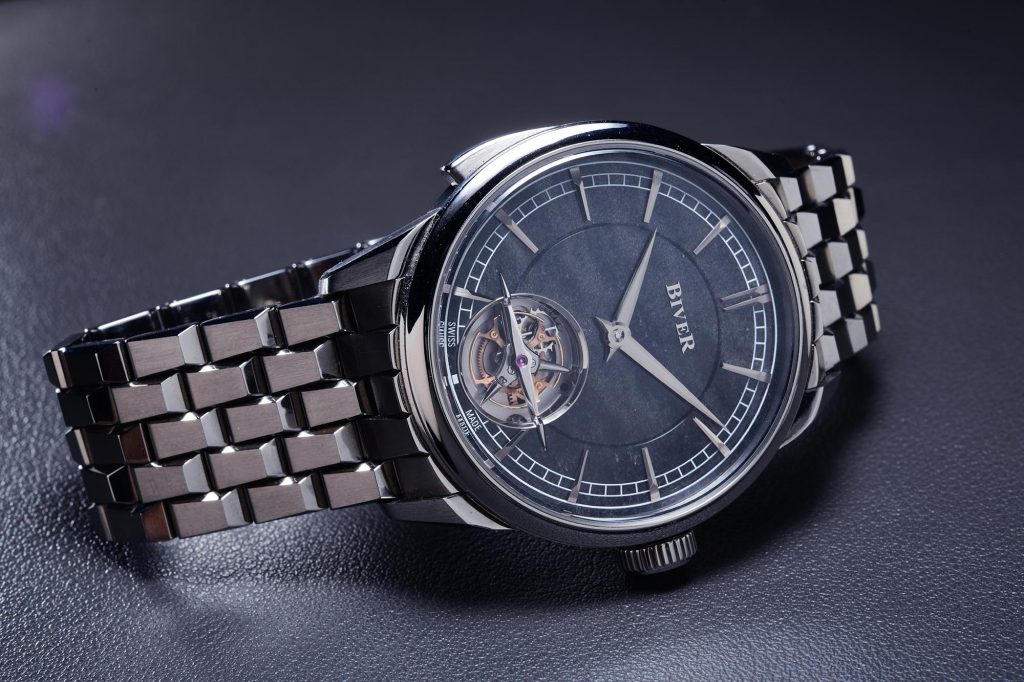
The Watch
JC Biver and his son Pierre wished to connect their watches to eternity, but to encourage their use and wear by their owners – as such, the design of the Carillon Tourbillon was done with the client in mind, featuring automatic winding through a micro-rotor, as well as a complex minute repeating mechanism that firmly ties it to the past.
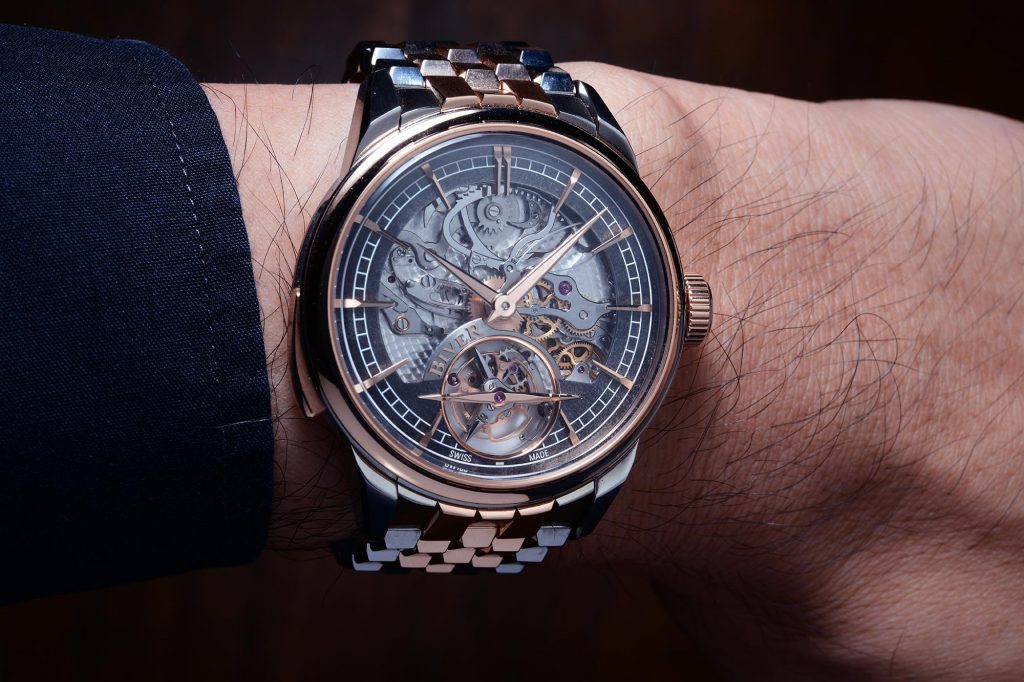
The Biver Carillon Tourbillon measures in at 42mm in diameter, and is available in rose gold, a full-titanium case, as well as a bi-colour rose gold and titanium case – the choice of titanium as a case material is intriguing, as theoretically, it should allow the sound of the carillon to resonate more through the lighter case. The case is of a classical design, however, moving to the dial, these are anything but classical.
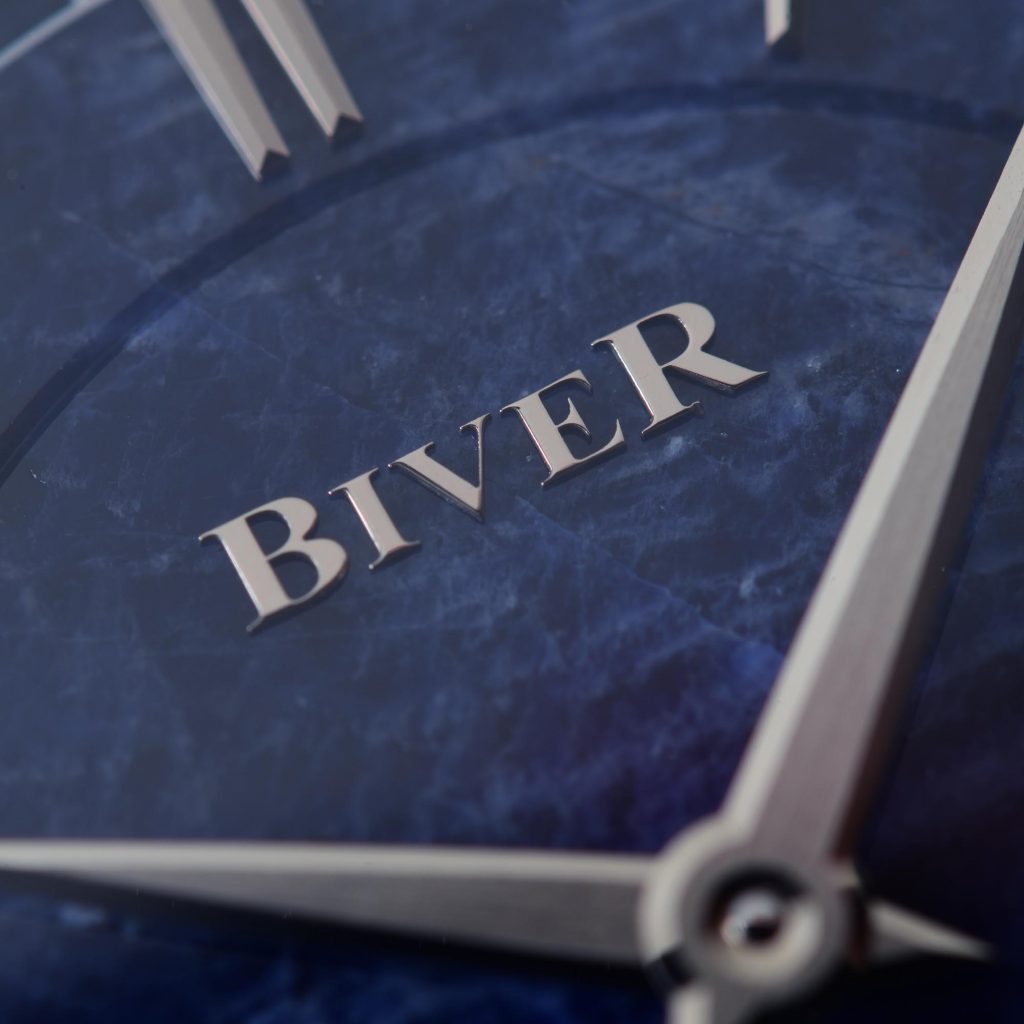
For the full rose gold and titanium models, these are crafted from sodalite – a hard stone, the dials are also domed which adds to the difficulty in producing these dials. Furthermore the total thickness of the dial is at 1.6mm, and the stone sliver itself does not exceed 0.6mm – an incredible feat for the manufacturing of a stone dial. Great care has to be taken in order not to crack the stone during the polishing process.
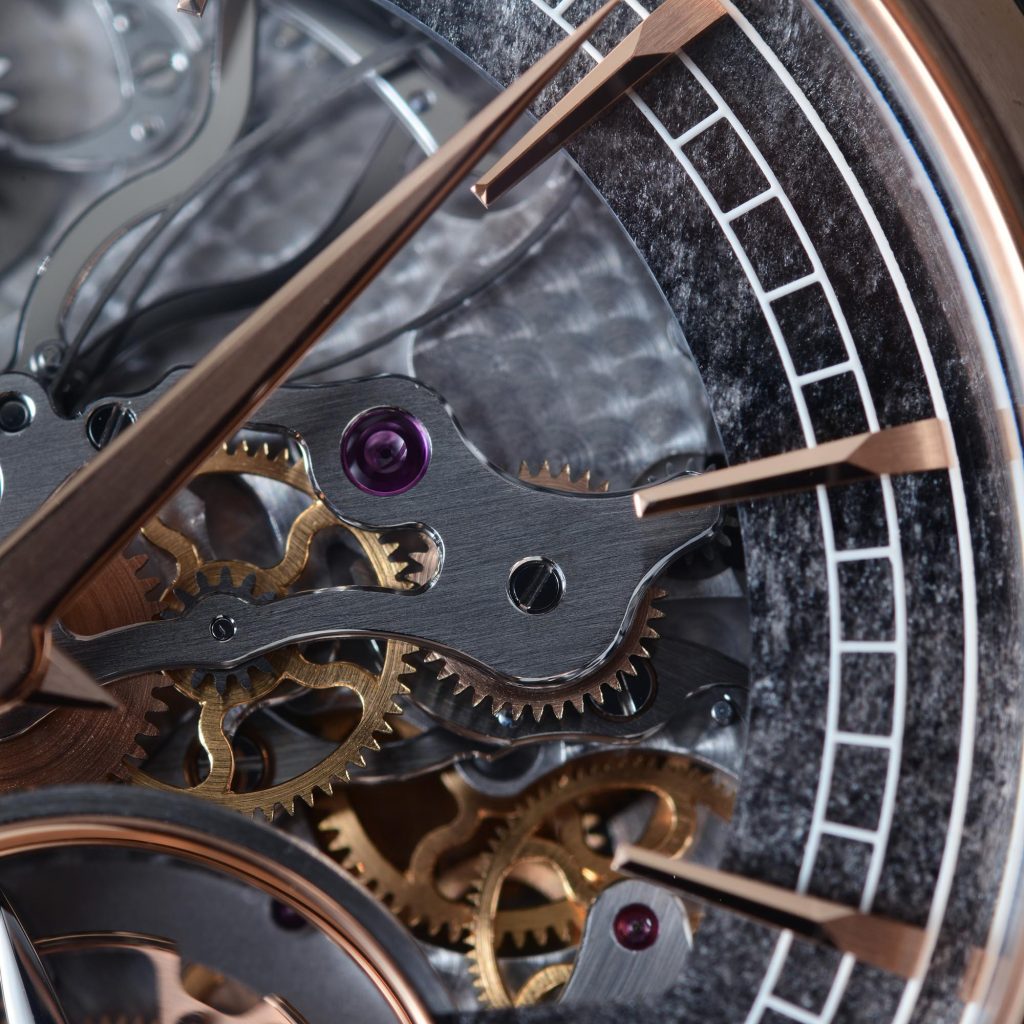
The bi-colour models feature a dial made from silver obsidian that reveal the minute repeater works on the dial side. Delivered on a matching metal bracelet for each of the variants, the watch is 50m water resistant – enough to be taken into the pool for morning laps, according to Pierre Biver, who actively encourages the use, wear and the “de-dramatisation” of the minute repeater. A leather strap is also included that is fastened by a metal-matching pin buckle.
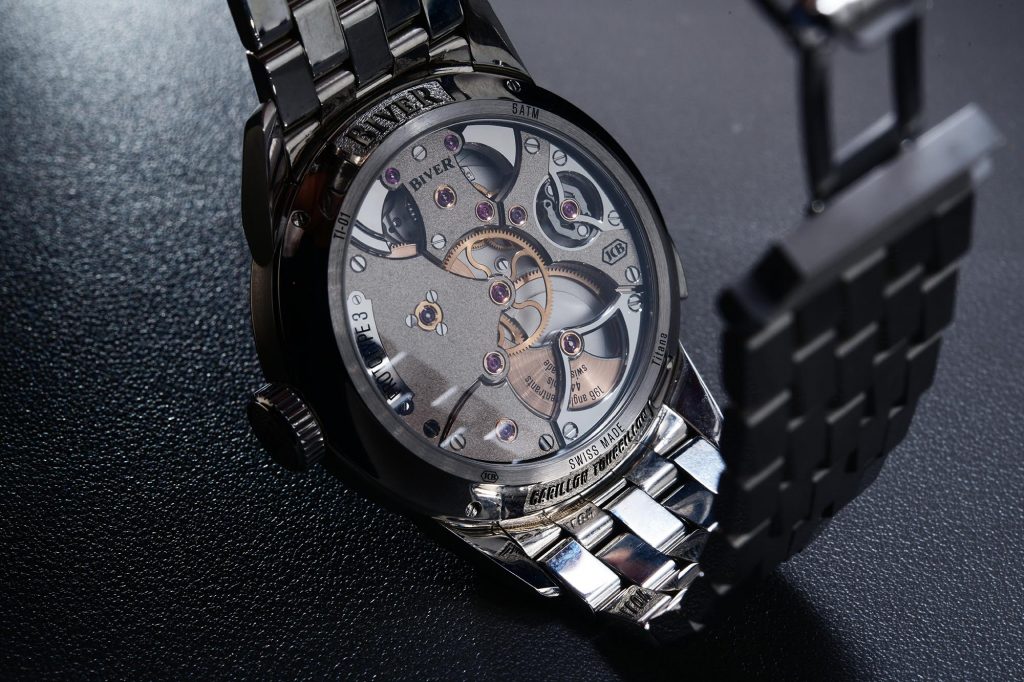
The Carillon is a curious variation of the minute repeater, and it refers to a repeating watch that is able to play a melody on more than two chimes. In the case of the Biver Carillon Tourbillon, it features three gongs and three hammers, where the melody plays during the quarter-hours chime once the repeater is activated. It is the minute repeater that forms the first pillar of the Biver watch collection, inspired by JC Biver’s experience with Vallee de Joux watchmaking when he was at the helm of Blancpain.
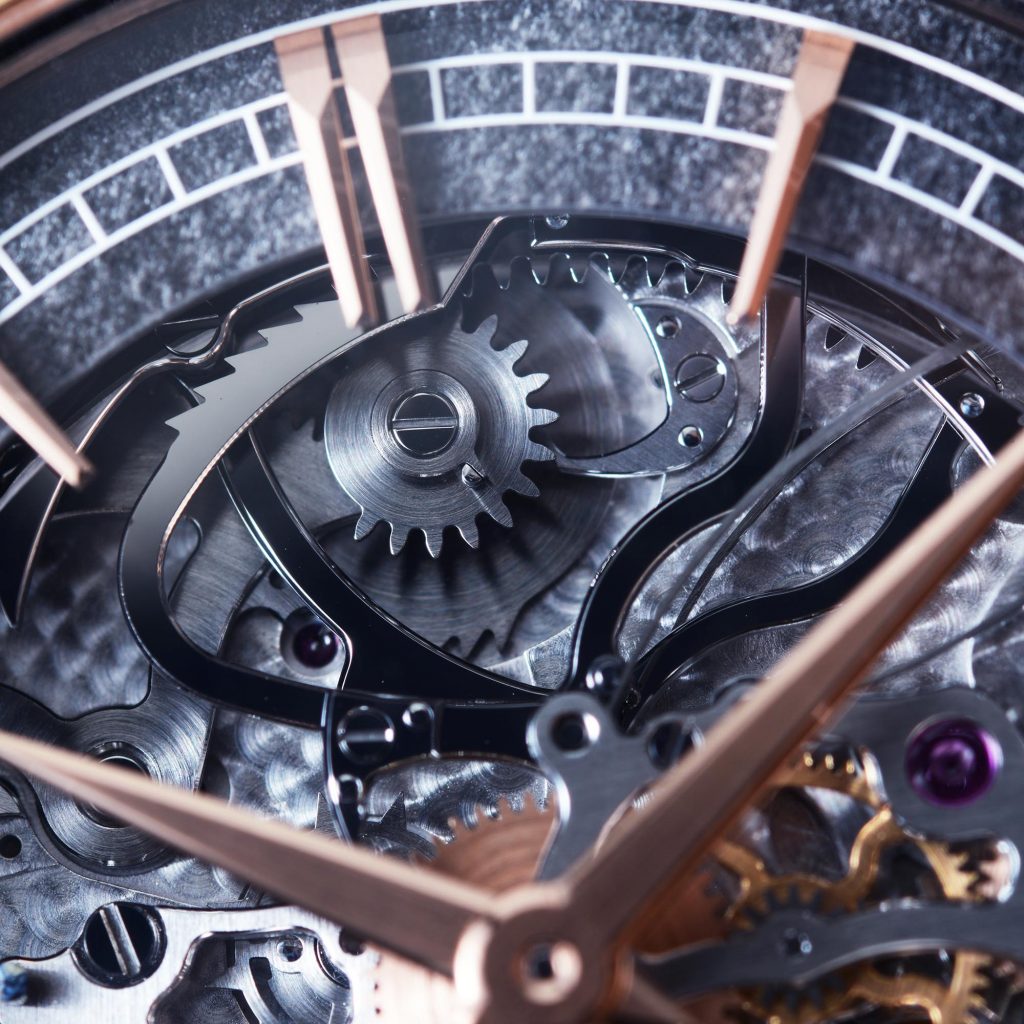
Powering the watch is the JCB-001 that was developed by Cercle des Horlogers – a specialty manufacturer of complex movements for many other brands in the industry. The movement comprises 374 components, 74 hours of power reserve, and features a titanium tourbillon cage that aids with chronometric performance through its lightness, but also adds complexity into its decoration. The movement is also tested for performance and exquisitely decorated in accordance with the JCB Seal (which will be explained later in this article). The Bivers mentioned in their press information, that parts that are invisible to the eye are also decorated – for example, the underside of the bridges being hand-grained, is a perfect example of what the collector will never see, but the watchmaker repairing their watch will.
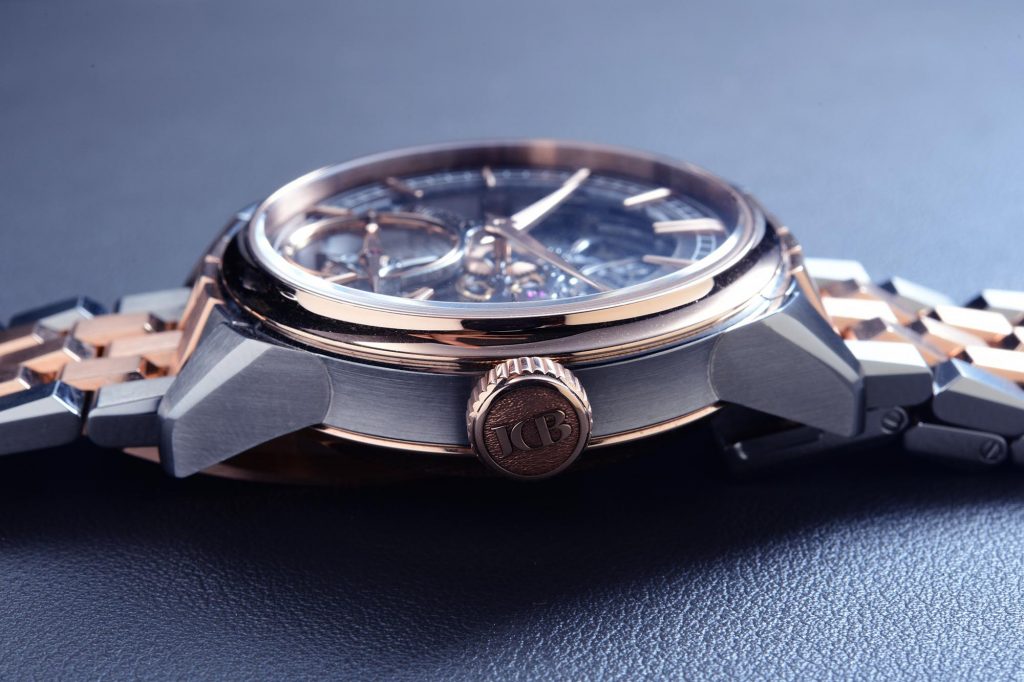
Supplier Philosophy
The unveiling of the Biver Carillon Tourbillon is not just the unveiling of a watch – it is a simultaneous unveiling of a watchmaking philosophy, and the revival of the etablissage. JC Biver stated that for their watch, they would develop components and movements, with support from the best in the field – his son also stated that the Biver brand aims to bring together these contractors and partners together to show off their crafts. To Jean-Claude, this means that the best suppliers come from outside his sphere of influence, which also harks back to the time that he says “… the term ‘manufacture does not exist’”. This is further exemplified by the document attached to the press material for the Carillon Tourbillon that fully outlines the suppliers that made the watch happen. Suppliers include:
- Cercle de Horlogers for the development of the JCB-001 movement
- EFTEOR for the watch cases
- LM Cadran for the distinctive stone dials
Whilst the average collector may not know the names of these contractors and craftspeople, it goes to show that the Biver brand is not just about another complicated watch – it is about highlighting the expertise of the watch industry as a whole, and what the industry is able to achieve with the right leadership at the helm.
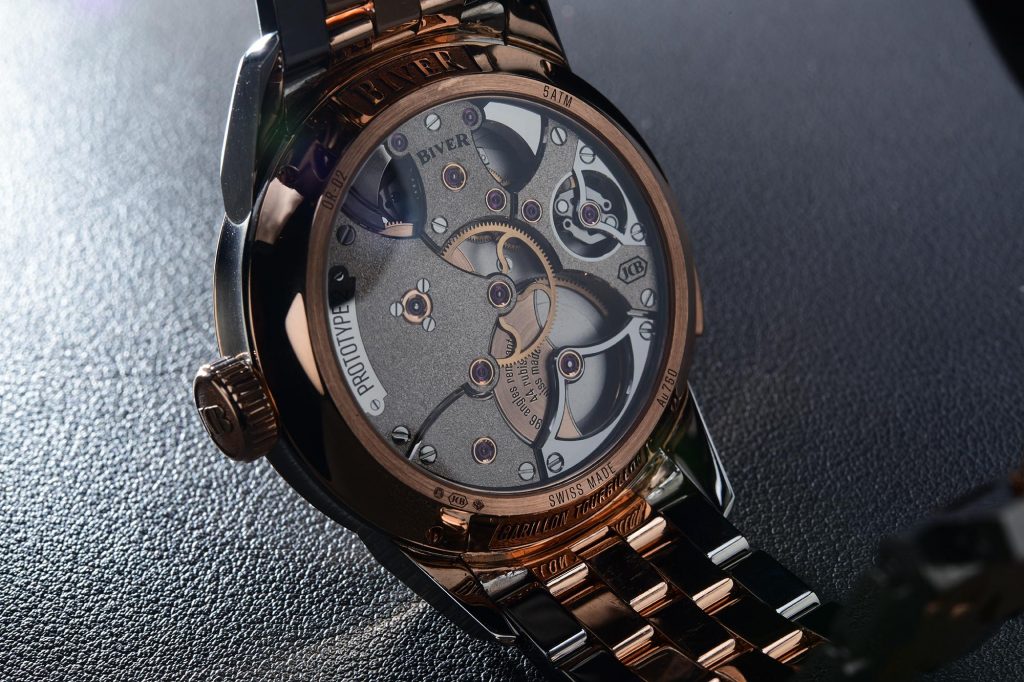
The JCB Seal
With this watch, the Bivers have also unveiled a new set of standards governing how their watches should be built. While it still remains unclear whether these standards can be applied to watches from other brands, it should be noted that this set of criteria encompasses chronometric performance, aesthetic standards, build quality standards (including Chronofiable testing – essentially a watch torture test that takes a sample set from production), as well as some criteria that are things that watch aficionados at this level would be discerning about. Some of the criteria include:
- Stringent criteria for the decoration of steel parts, bridges, wheels and the escapement, detailing decoration, as well as types of components that should be used for optimum chronometric performance
- Chronometric performance – to meet or exceed COSC requirements
- Build quality – the most esoteric of the criteria that include terms like “Winding the crown is to be pleasurable (no grating, with a pleasant clicking sensation)”, and “…No unnecessary movement (of the winding shaft) and any play in the hands is to be minimal”.
Similar to the updated Geneva Seal standards, or the Qualite Fleurier standards that exist today, the JCB Seal is the way that the Bivers are guiding the construction of their watches for the future.

Parting Thoughts
It is only fitting that Jean-Claude Biver continues his mission of transmitting his passion for the watch industry to not only his son who will inevitably succeed him, but to also as a way show what the industry as a whole is capable of. Whether from Geneva, Neuchatel, the Vallee de Joux or beyond, the notion that a brand has to be a vertically-integrated manufacture to create something great is a myth that the Bivers want to dispel. With the unveiling of the Carillon Tourbillon, the brand aims to further the capabilities of industry suppliers and to shine a light on those who originally made the Swiss watch industry great – its unsung contractors and craftspeople.
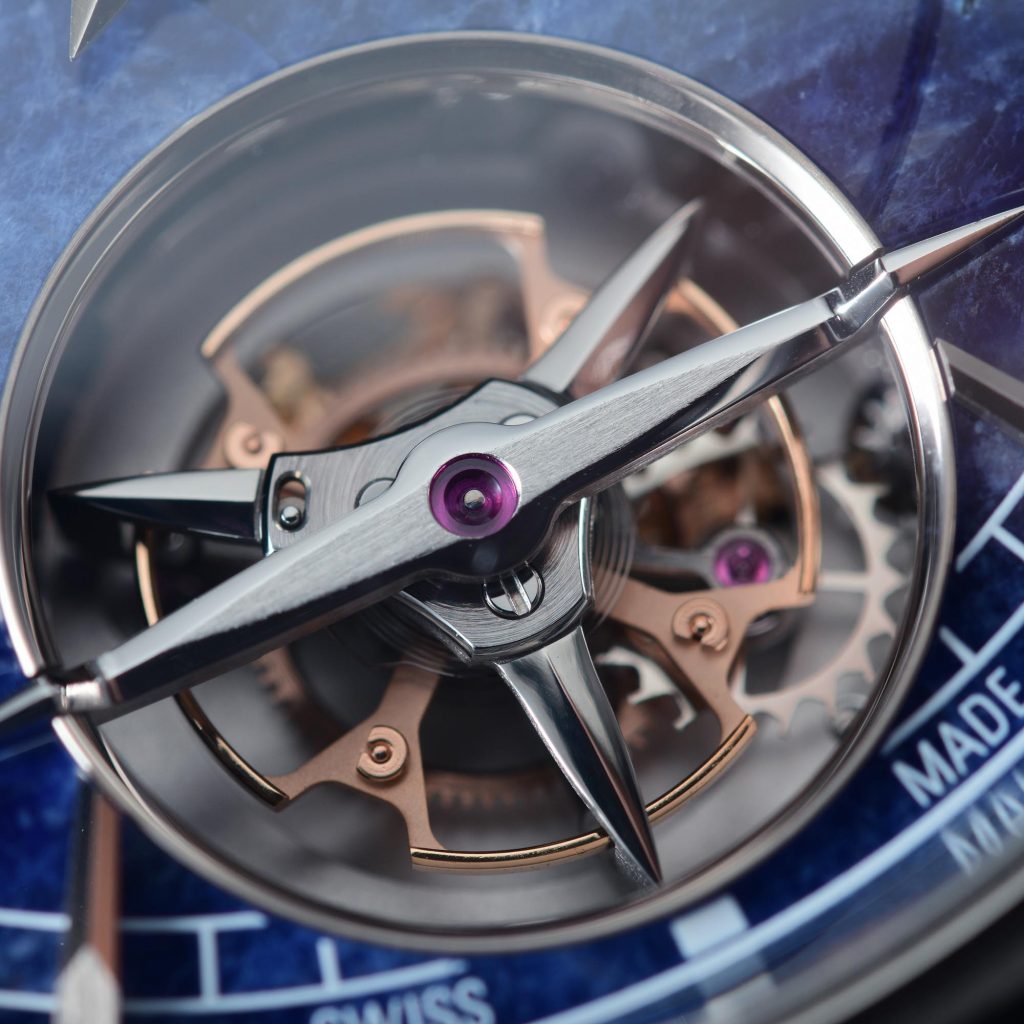
Technical Specifications
Name: Carillon Tourbillon Biver
Functions: Hours, minutes, tourbillon, carillon minute repeater, micro-rotor
Movement: JCB-001
Type: Automatic caliber, wound by micro-rotor
Winding and setting the time: via the crown (2 positions)
Caliber characteristics
Number of components: 374
Jewels: 44 rubies
Diameter: 34 mm
Power reserve: 72 hours
Specificity: platinum micro-rotor with decorative plate in rose gold Frequency: 21,600 vibrations per hour (3Hz)
Decorations: white gold bridges, black-polished and grained; steel components, black-polished and satin- finished; bevels, black-polished and straight-grained
Display
Display: gold hour and minute hands (rose gold or white gold), satin-finished and hand-beveled Dial: Domed sodalite or silver obsidian hardstone
Applied gold hour markers (rose gold or white gold)
Case and bracelet
Case material: Titanium or rose gold or rose gold/titanium Case diameter: 42 mm
Case thickness: 13.70 mm
Crystal: Sapphire with inner anti-reflective coating Caseback: display back with sapphire crystal
Water resistance: 5 ATM (50 meters, approx. 160 feet)
Bracelet: Titanium or rose gold or Rose gold/Titanium, exclusive five-link BIVER design Leather strap included
Buckle: Buckle and pin (leather strap) in rose gold or titanium
Price (excl.tax): starting at CHF 520,000 / EUR 520,000 / USD 550,000


